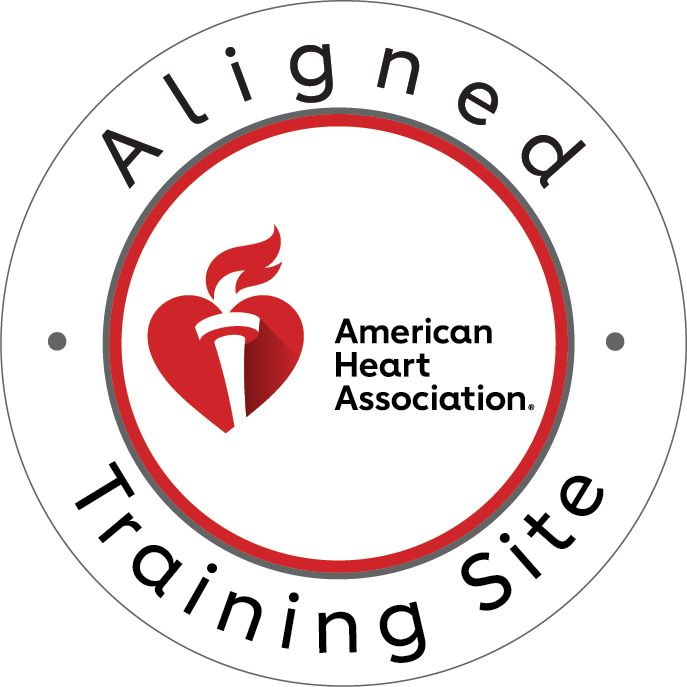What is Diabetes Mellitus by Norma Martin
Call Us Now
Get the Best CPR Class in St. Louis Today!
Diabetes Mellitus is one of the most common diseases affecting millions of Americans today. Within my family circle three family members suffer from this disease. My mother and mother-in-law have type II diabetes, and my young nephew was recently diagnosed with type I diabetes. The worst thing is watching them attempt to live normal lives while constantly monitoring or medicating themselves. Unfortunately, my mother and mother-in-law might have been able to prevent their disease, but my young nephew did not. Diabetes takes a toll on the body and mind of every person it affects.
Diabetes is diagnosed as either type I or type II, the latter being the most common. In type I a person’s immune system destroys cells (in the pancreas) that make the insulin needed for digestion and energy. Without insulin, glucose can not enter cells and be used as the much-needed energy. It is unknown why the immune system sets out to destroy the cells. Once the cells are destroyed the pancreas is no longer capable of releasing the needed insulin. The body begins to suffer the effects of the needed insulin. The symptoms experienced can be dehydration, weight loss, and diabetic ketoacidosis. Over time of continued lack of insulin being produced, may cause damage to major organs in the body. A person with type I diabetes such as my nephew has to monitor their blood sugar levels and self-inject prescribed medication (insulin). This insulin injection replaces the insulin that the pancreas no longer produces. The person will have to monitor and self-medicate often. My nephew carries a little medicine bag, which contains everything needed to control his blood sugar levels. He can not go anywhere without his bag, he has to have it at all times. His parents are on constant vigilance, making sure he receives his much-needed medication. He is currently giving himself insulin injections in the stomach region and also often pricks his fingers to check glucose levels. Type I diabetes onset is usually before 15 years of age. Unfortunately, this disease is not something that could be prevented.
In type II diabetes, the person’s pancreas is capable of making the insulin but it may not produce enough, or something in the body is unable to use the insulin as intended. And as with type I insulin (glucose) is needed for digestion and energy. Glucose is unable to enter and be used as noted above. Increasing glucose levels disrupt the body. Similarly, high levels can lead to damage of major organs such as the kidneys and the heart. Unlike type I diabetes, type II diabetes is a preventable disease. People at highest risk for this disease are people who do not exercise are overweight or obese have a familial predisposition, have high blood pressure, and are over the age of 45. My mother and mother-in-law fit every single risk mentioned. They could have prevented the onset of their disease by changing some parts of their lifestyle. In fact, both my mother and mother-in-law were overweight and/or obese and did no type of exercise at all. As for familial predisposition, my mother’s father died of complications suffered from his type II diabetes. Changing parts of one’s lifestyle such as exercising and maintaining a normal weight can help deter the onset of this type of diabetes. This fact encourages me to do what I have to prevent this disease. As with type I, blood sugar levels have to be monitored and medication via injection or pill form may be required.
Diabetes Mellitus affects millions. Unfortunately, type I diabetes is unpreventable. Type II diabetes on the other hand is preventable —by including exercise in our daily life and if overweight or obese by losing weight. If this can prevent or delay the onset of type II diabetes millions of people should benefit.
References
http://www.mayoclinic.org/diseases-conditions/diabetes/basics/definition/con-20033091
http://www.cdc.gov/diabetes/consumer/prevent.htm
http://search.nih.gov/search?utf8=%E2%9C%93&affiliate=nih&query=diabetes&commit.x=0&commit.y=0
Call Us Now
Get the Best CPR Class in St. Louis Today!
http://www.healthfinder.gov/HealthTopics/Category/health-conditions-and-diseases/diabetes/take-steps-to-prevent-type-2-diabetes
http://www.webmd.com/diabetes/guide/type-1-diabetes
http://www.webmd.com/diabetes/guide/type-2-diabetes






